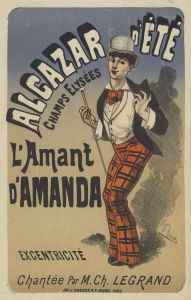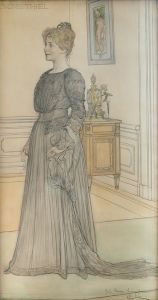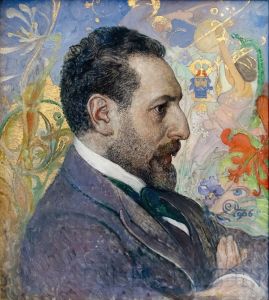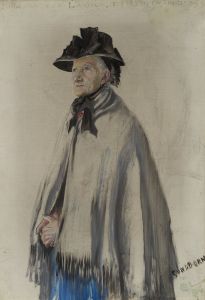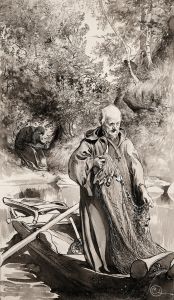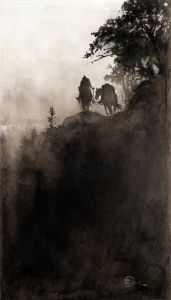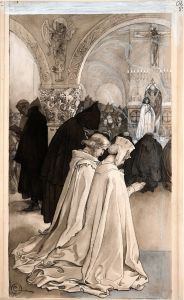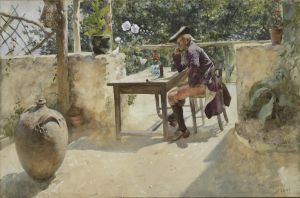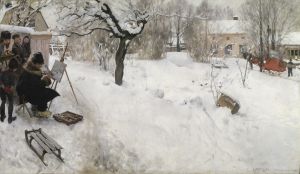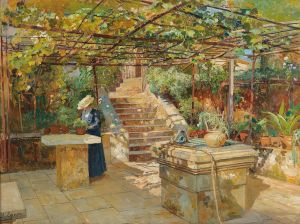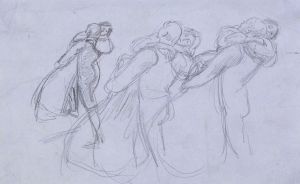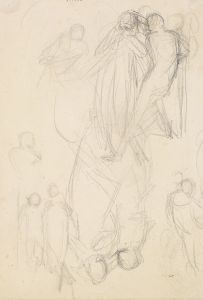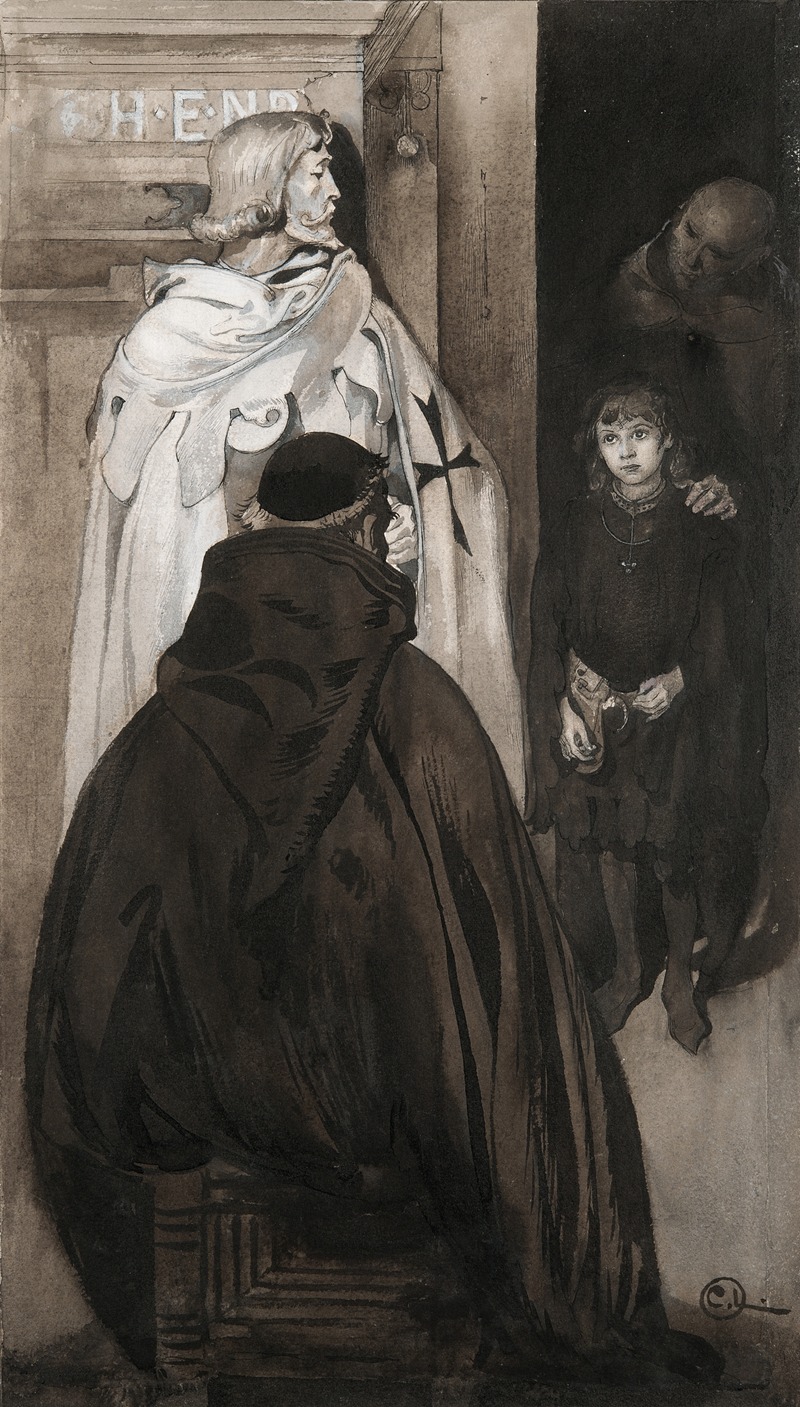
Illustration to ‘Singoalla,The Wind Is My Lover’ by Viktor Rydberg
A hand-painted replica of Carl Larsson’s masterpiece Illustration to ‘Singoalla,The Wind Is My Lover’ by Viktor Rydberg, meticulously crafted by professional artists to capture the true essence of the original. Each piece is created with museum-quality canvas and rare mineral pigments, carefully painted by experienced artists with delicate brushstrokes and rich, layered colors to perfectly recreate the texture of the original artwork. Unlike machine-printed reproductions, this hand-painted version brings the painting to life, infused with the artist’s emotions and skill in every stroke. Whether for personal collection or home decoration, it instantly elevates the artistic atmosphere of any space.
Carl Larsson, a prominent Swedish painter and illustrator, created the artwork titled Illustration to ‘Singoalla, The Wind Is My Lover’ by Viktor Rydberg. This piece is an illustration for Viktor Rydberg's novel Singoalla, a romantic and tragic story first published in 1857. The novel, set in medieval Sweden, tells the tale of the love between a knight named Erland and a Romani woman named Singoalla, exploring themes of love, cultural conflict, and fate.
Carl Larsson, known for his contributions to the Arts and Crafts movement and his depictions of idyllic Swedish life, was commissioned to illustrate Rydberg's work. His illustrations for Singoalla are notable for their ability to capture the emotional depth and dramatic tension of the story. Larsson's artistic style, characterized by delicate lines and a keen attention to detail, complements the romantic and melancholic tone of Rydberg's narrative.
The specific illustration, The Wind Is My Lover, reflects a pivotal moment in the story. While the exact scene depicted in this artwork is not widely documented, the title suggests a connection to Singoalla's character and her longing for freedom and connection with nature. Larsson's work often emphasizes the interplay between human figures and their surroundings, and this illustration likely showcases his ability to evoke mood and atmosphere.
Carl Larsson's illustrations for Singoalla are part of his broader body of work, which includes paintings, murals, and book illustrations. His contributions to Swedish art and culture have made him one of the most celebrated artists of his time. Viktor Rydberg, the author of Singoalla, was a significant figure in Swedish literature and philosophy, and his works often grapple with existential and moral questions.
While Larsson's illustration for Singoalla is not as widely recognized as some of his other works, such as his depictions of family life in his home at Sundborn, it remains an important example of his skill as an illustrator and his ability to bring literary scenes to life. The collaboration between Larsson and Rydberg highlights the intersection of visual art and literature in 19th-century Sweden, contributing to the cultural legacy of both artists.





